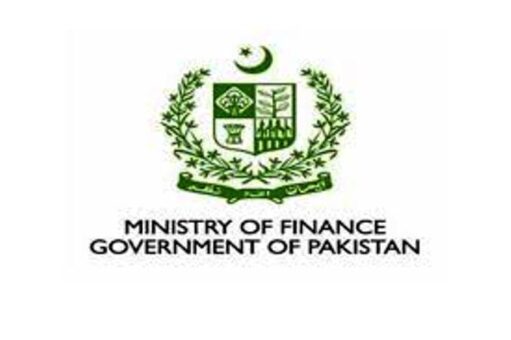ISLAMABAD: Pakistan’s fiscal deficit has narrowed to 3.6 percent of the GDP during first nine months (July – March) of the current fiscal year as compared with the deficit of 3.8 percent in the corresponding months of the last fiscal year, according to data released by the finance ministry on Thursday.
According to commentary of Arif Habib Limited, Pakistan’s fiscal balance in the current fiscal year to date has strengthened over prior year, with the deficit arriving at Rs1.65 trillion in nine months of fiscal year 2020/2021 (3.6 percent of GDP) compared to Rs1.69 trillion in the corresponding months of the last fiscal year (3.8 percent of GDP), down by 2 percent YoY.
Moreover, the primary surplus during the period at Rs452 billion (1.0 percent of GDP in nine months of fiscal year 2020/2021) fares better compared to a primary surplus of Rs194 billion witnessed last year (0.4 percent of GDP).
Primarily, total revenue growth at 6 percent in nine months of fiscal year 2020/2021 to Rs5.0 trillion (nine months of the last fiscal year: Rs4.7 trillion) aided the fiscal balance, translating into 11.0 percent of GDP vs. 10.7 percent last year. The total tax revenue collection has gone up by 5 percent YoY to Rs3.8 trillion. Indirect taxes (+13 percent YoY to Rs2.15 trillion), sales tax (+14 percent YoY to Rs1.42 trillion), and direct taxes (+9 percent YoY to Rs1.25 trillion amid higher number of tax payers), contributed to the overall collection.
In addition, the government collected Rs1.17 trillion in non-tax revenues, displaying a jump of 13 percent YoY. This was particularly owed to imposition of Petroleum Levy, which is now classified under non-tax revenue (+86 percent YoY | Rs369 billion). On the flipside, the surplus profit of State Bank of Pakistan and Pakistan Telecommunication Authority declined during nine months of fiscal year 2020/2021 to Rs498 billion (-22 percent YoY) and Rs20 billion (-82 percent YoY), respectively.
In addition, total expenditures went up by 4 percent YoY to Rs6.6 trillion (14.6 percent of GDP vs. 14.5 percent of GDP in 9MFY20). Further breakup revealed that current expenditure underwent an uptick of 8 percent YoY of which markup payments rose by 12 percent YoY. On the contrary, the defence expenses went down by 2 percent YoY to Rs784 billion. Moreover, development expenditure and net lending undertaken by the government declined by 7.5 percent YoY to Rs723 billion.
Total PSDP expenditure in nine months of fiscal year 2020/2021 arrived at Rs654 billion (-9 percent YoY) with provincial expenditure at Rs390 billion, outdoing federal disbursement of Rs264 billion.
Decline of 26 percent YoY in deficit during 3QFY21
The analysts highlighted that cumulatively all four provincial governments recorded an overall balance of Rs413 billion during nine months of fiscal year 2020/2021, compared to Rs344 billion recorded in the corresponding period last year, marking a 20 percent increase. However, Sindh and KPK recorded a decline of 10 percent YoY and 70 percent YoY, respectively.
Pertinently, budget deficit during 3QFY21 settled at Rs514 billion (1.1 percent of GDP), depicting a decline of 26 percent YoY vis-à-vis Rs691 billion during 3QFY20.
Total revenues of the government in 3QFY21 arrived at Rs1.64 trillion (3.6 percent of GDP), up by 13 percent YoY from Rs1.46 trillion during 3QFY20.
FBR taxes increased by 25 percent YoY to Rs1.18 trillion due to 15 percent YoY rise in direct taxes to Rs416 billion in 3QFY21 whereas collection from sales tax and indirect taxes went up by 30 percent and 39 percent YoY to Rs498 billion and Rs769 billion, respectively.
Total expenditure in 3QFY21 clocked in at Rs2,156 billion (4.7 percent of GDP), up 0.3 percent YoY over the same period of last year (Rs2,149 billion; 4.9 percent of GDP) with a 9 percent rise in defense expenditure to Rs297 billion and 9 percent uptick in current expenditure to Rs2.1 trillion.



